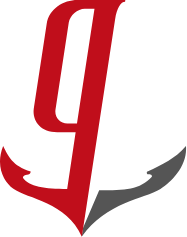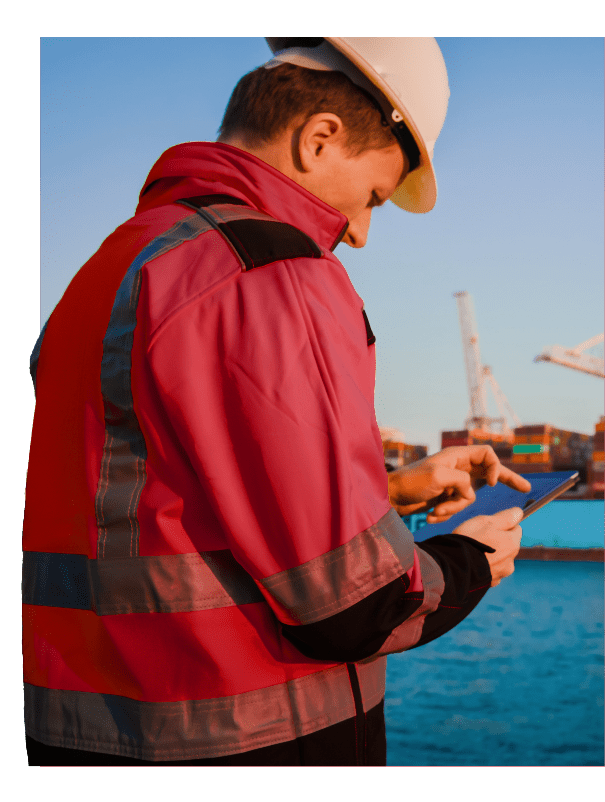The Harsh Reality of US Coast Guard Migrant Policy
by John Konrad (gCaptain) When merchant and cruise ships rescue migrants at sea, they offer more than just a lifeline from the perilous waters; they provide critical sustenance and care....
iCommandant, the “Web Journal of Admiral Thad Allen” has recently posted updates on the Coast Guard’s modernization initiatives. Admiral Allen writes:
Today we are releasing this video to help communicate to our work force and stakeholders the cause for action and the benefit of this critical effort. This video is important for two reasons. First, it communicates in a clear, concise fashion what we are tying to accomplish. Second, the message comes from our active, reserve, civilian, and auxiliary leaders. We have a great opportunity to position the Coast Guard to be responsive to “All Threats” and “All Hazards” as we move forward.
.
In addition to the video, information on the USCG’s modernization strategy has also been published on the Commandant’s blog (LINK) and in the pages of Coast Guard Magazine (LINK). We also recently had the opportunity to discuss the issue with RADM Rabago Director of Acquisitions, which will be posted to this blog shortly.
While changes to the Coast Guard’s organizational structure, acquisitions and its relationship with the maritime community are of great interest to our readers a more recent development has peaked the interest of gCaptain’s editorial staff; Web 2.0.
For those who just read gCaptain for “the articles”, Web 2.0 is the integration of information, tools and services that promote communities on the web. On the most basic level it means we aggregate and extract information in the form of news, photos and video from external sources throughout the web. Some basic examples of this are using the photo sharing site Flickr to provide our Photo Of The Day or showing videos provided by YouTube. At the highest levels it’s sharing ideas internally (e.g. between the gCaptain forum and blog) and externally through our social media outposts (e.g. Twitter, Facebook, LinkedIn…).
Integration has been a cornerstone of our development here at gCaptain. Supporting Web 2.0 consumes a large percentage of our time and resources but has played an important role in our growth and recent success.
In the latest edition of Coast Guard Magazine the move is (partially) explained:
When’s the last time you watched a video on YouTube? Ever looked at news online and ended up on a blog? Been to Wikipedia? That’s social media.
So let’s take a moment to dispel the myths and get on the same page. Blogs aren’t just for people who live in their parents’ basement. Social networking sites aren’t only for people looking to “hook up.” Social media is much bigger than that. Anywhere on the Web you can leave a comment, post a photo or video, or share an idea is social media. That’s a lot of places.
The Coast Guard already has official pages on MySpace, FaceBook, Flickr and YouTube… So when it comes to social media, the Coast Guard has already made the commitment to be there.
We encourage you to read the entire article found HERE but for those still a bit confused, wondering how Web 2.0 can help the USCG or those wondering how gCaptain has began to exceed maritime publishing stalwarts like Lloyds List or Fairplay in the number of web pages viewed, we must first answer the question; Why are blogs important? Let’s use a video to explain:
.
.
Now gCaptain has a blog (you are reading it) but this is just one element of our Web 2.0 efforts. Here’s video explaining “social media”, another key element of Web 2.0 that we use heavily.
.
.
More of these excellent videos can be found HERE but to boil everyting down… this blog and our forum, facebook group, twitter page, etc are just tools that allow us to build a community of like minded professionals. Therefore this blog is of little value, the strenght of gCaptain comes in the ideas, thoughts and actions of all our community members regardless of what internet platform you use to comment, interact or share your thoughts. The power to shape the future is in your hands, the Commandant is listening and so is gCaptain, all we need is your help.
Join the gCaptain Club for curated content, insider opinions, and vibrant community discussions.


Join the 105,921 members that receive our newsletter.
Have a news tip? Let us know.
Access exclusive insights, engage in vibrant discussions, and gain perspectives from our CEO.
Sign Up




Maritime and offshore news trusted by our 105,921 members delivered daily straight to your inbox.



Essential news coupled with the finest maritime content sourced from across the globe.
Sign Up